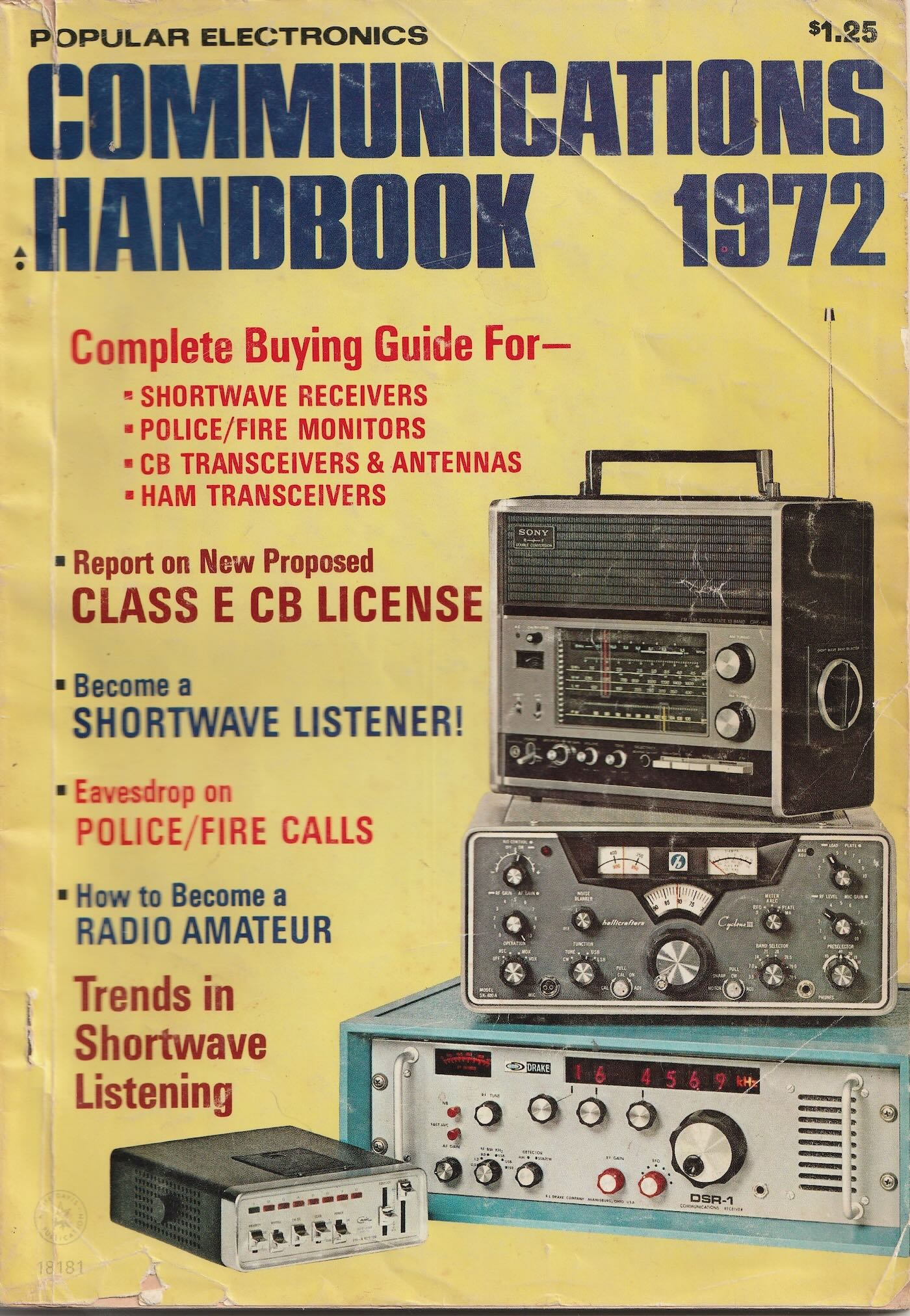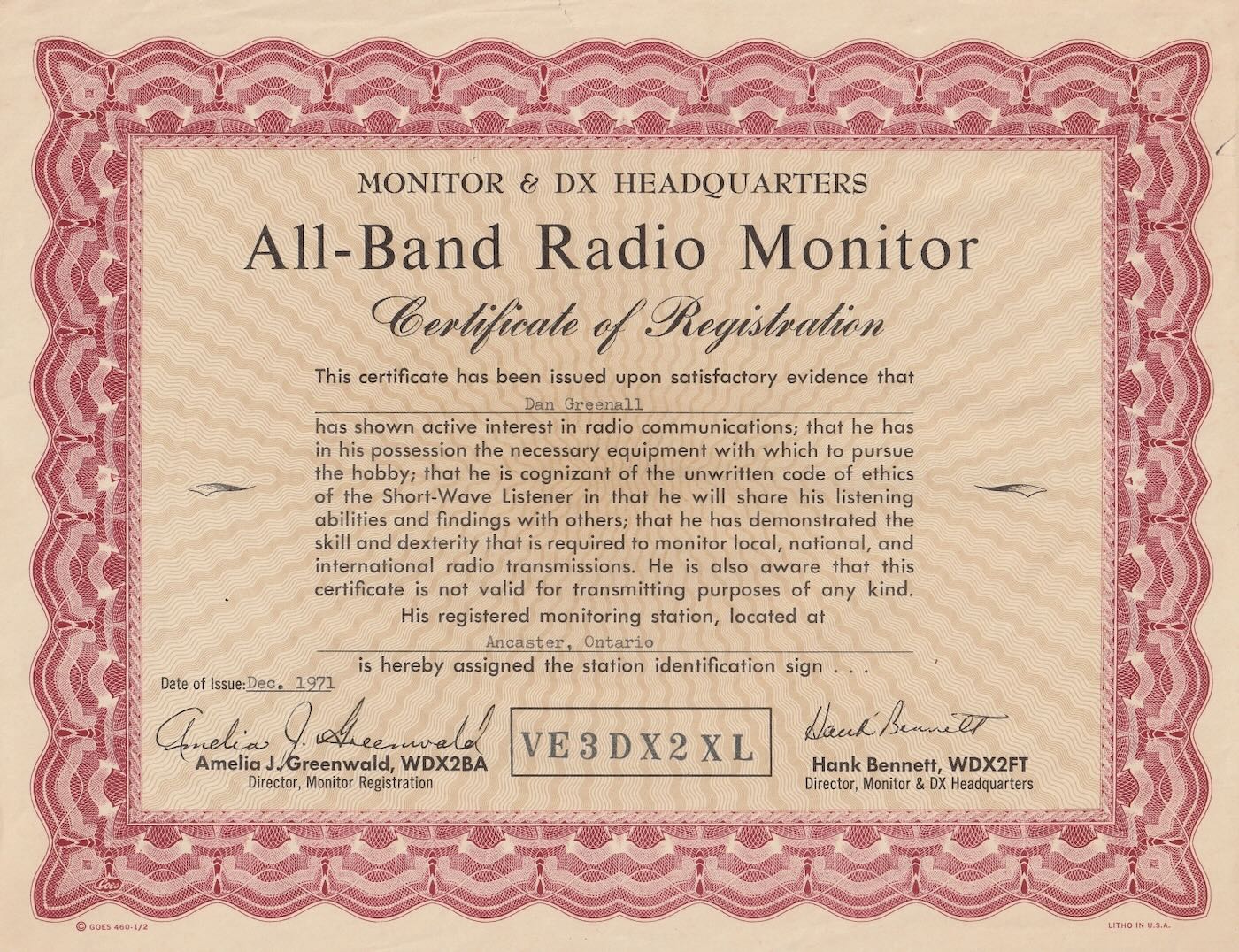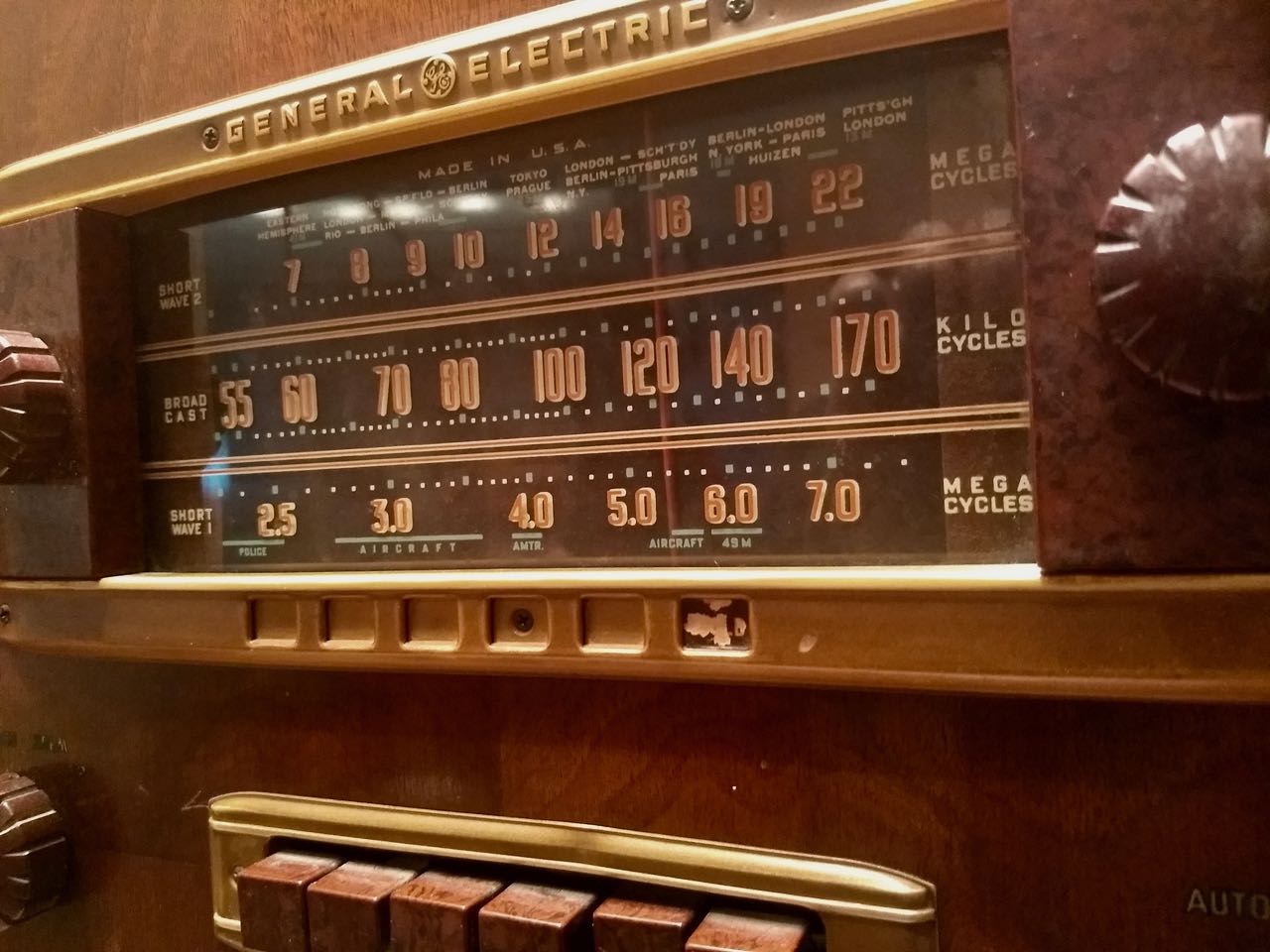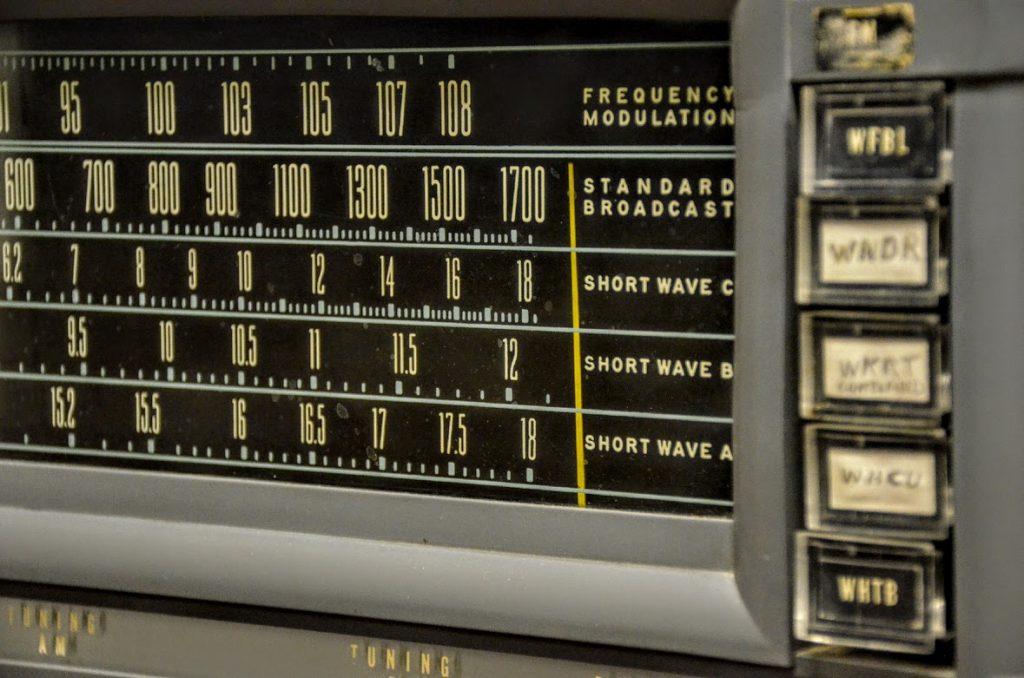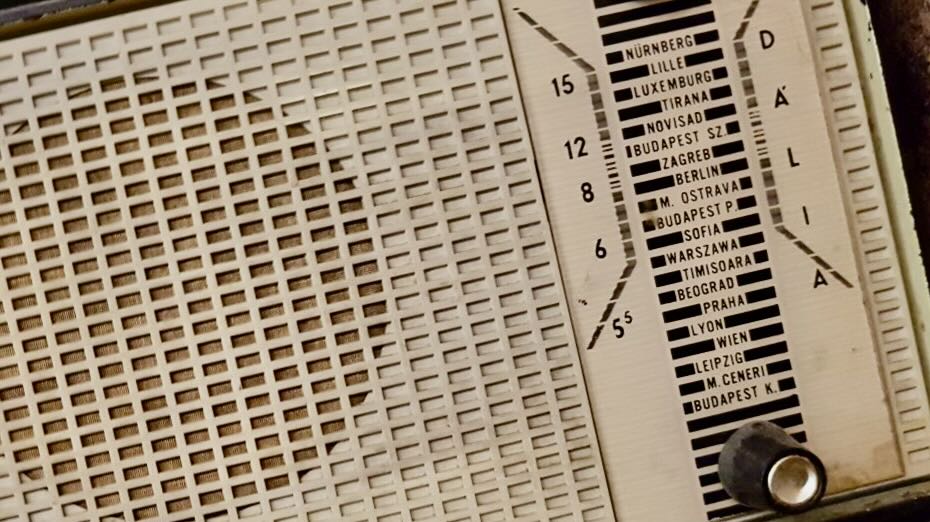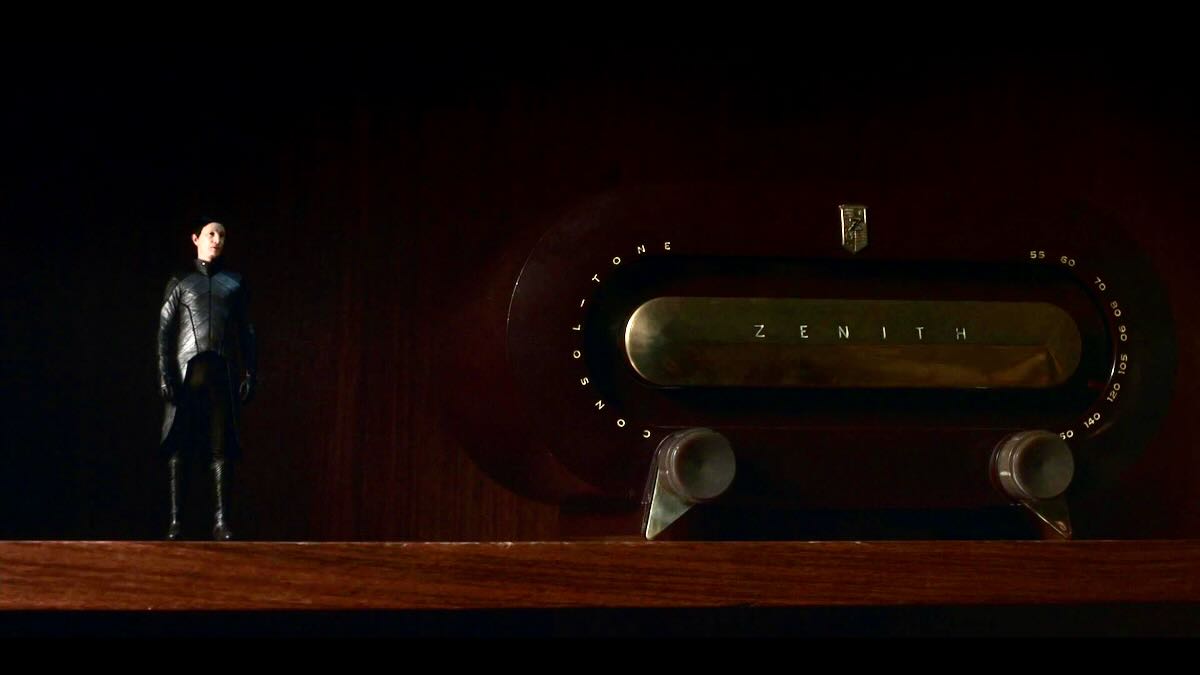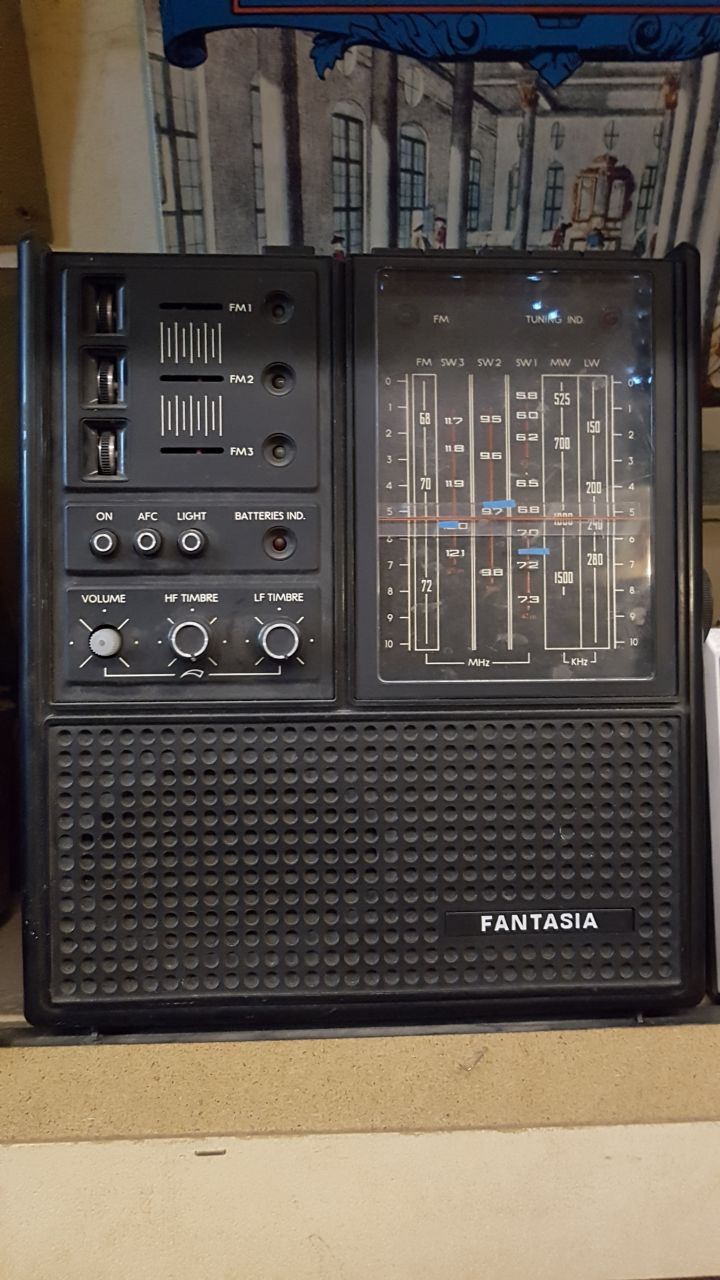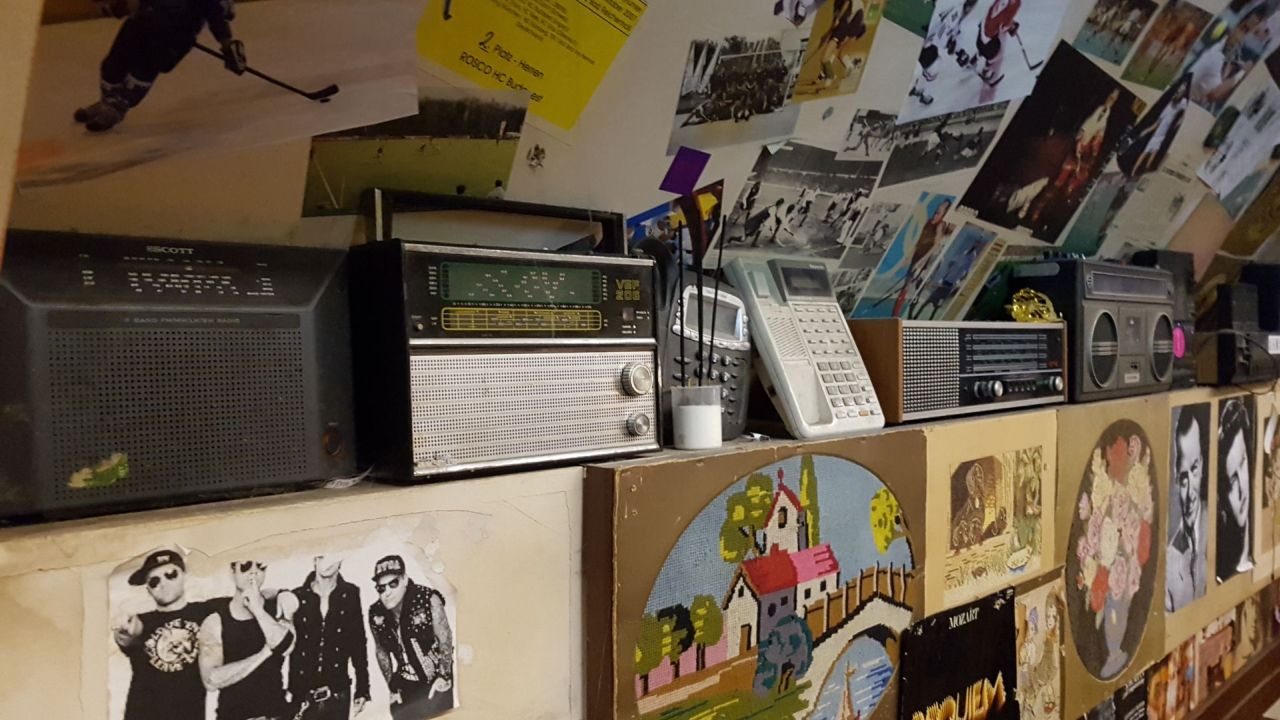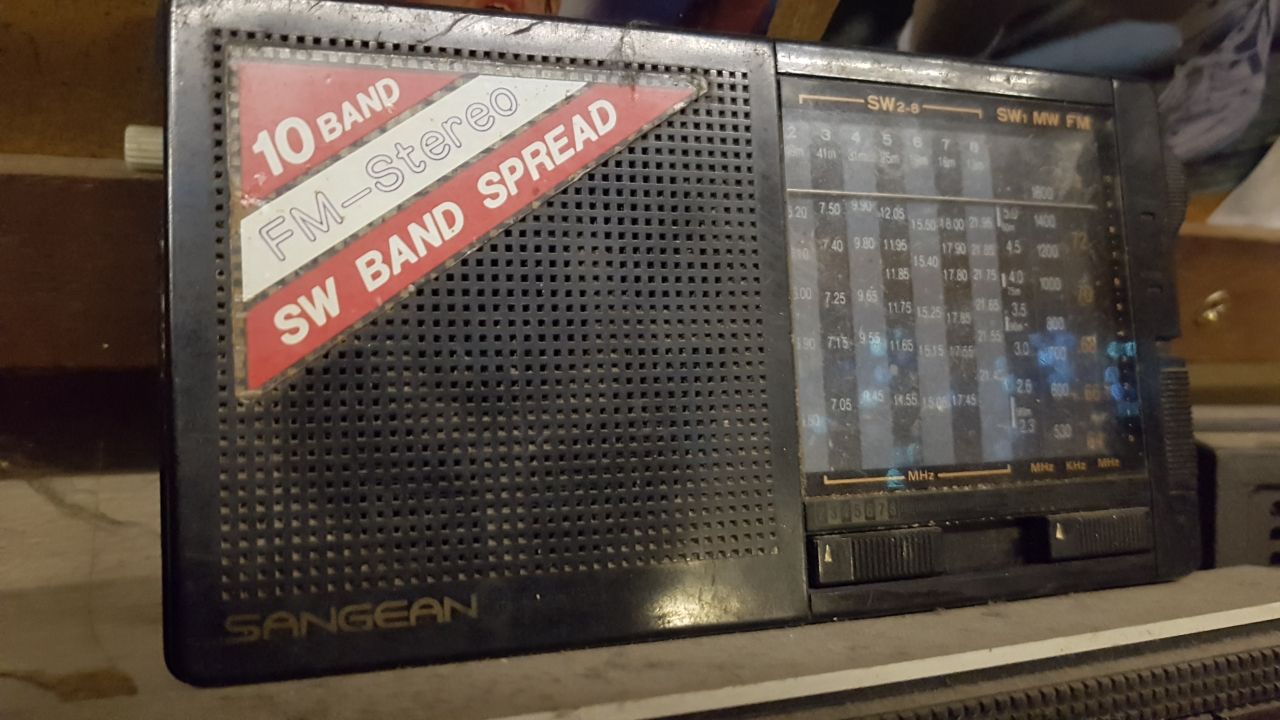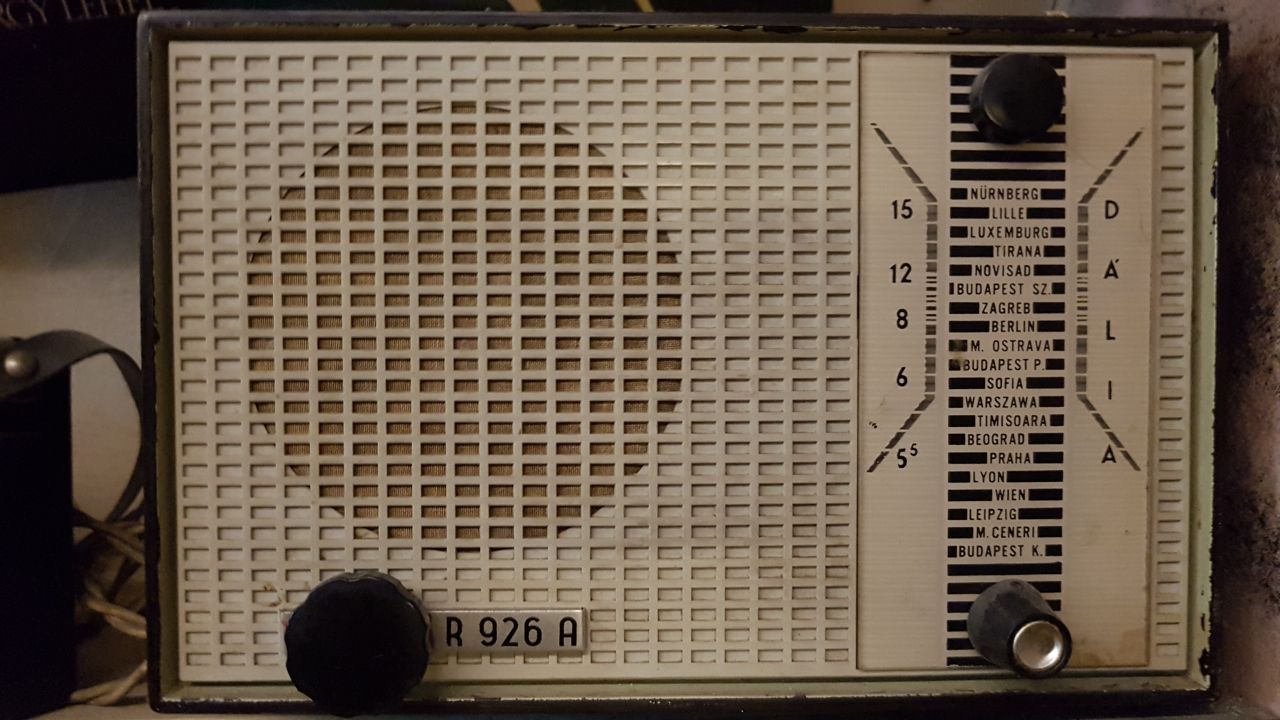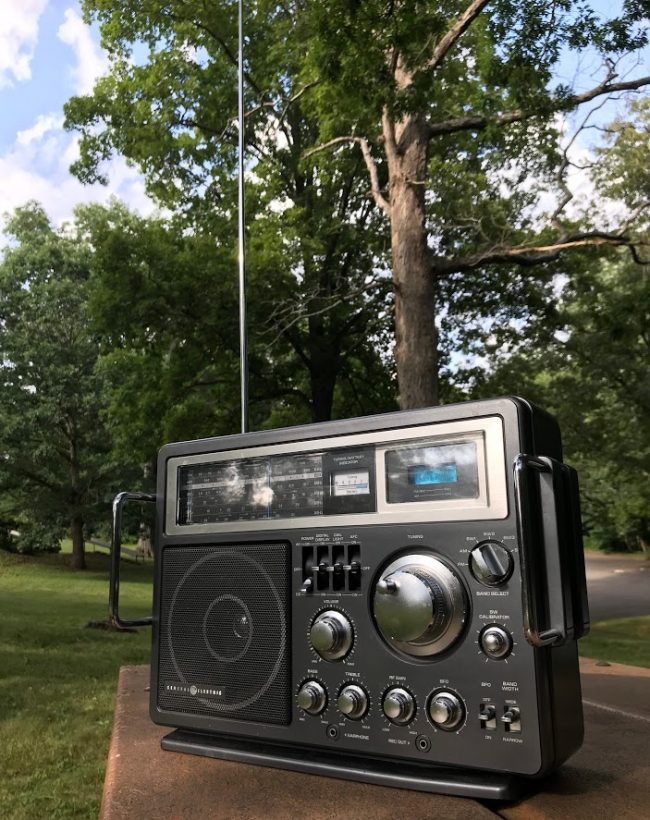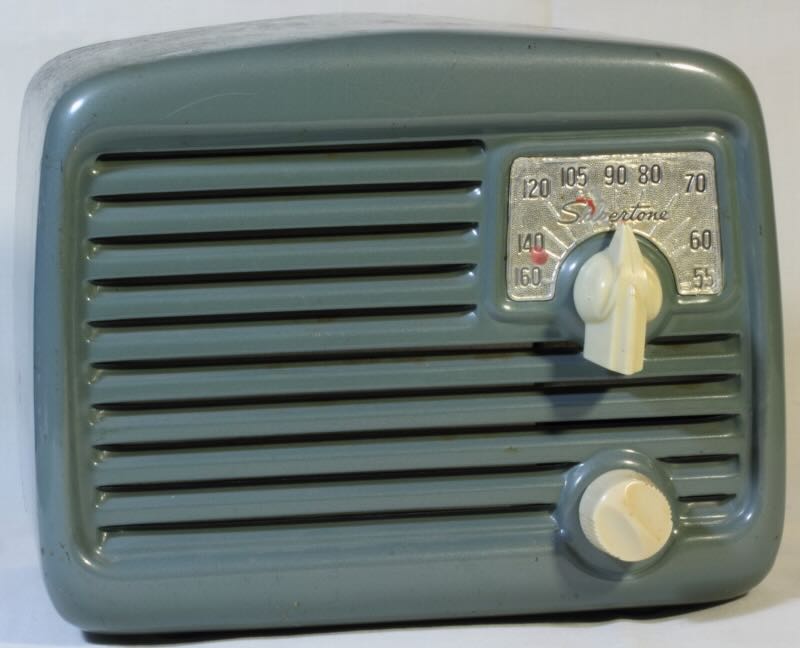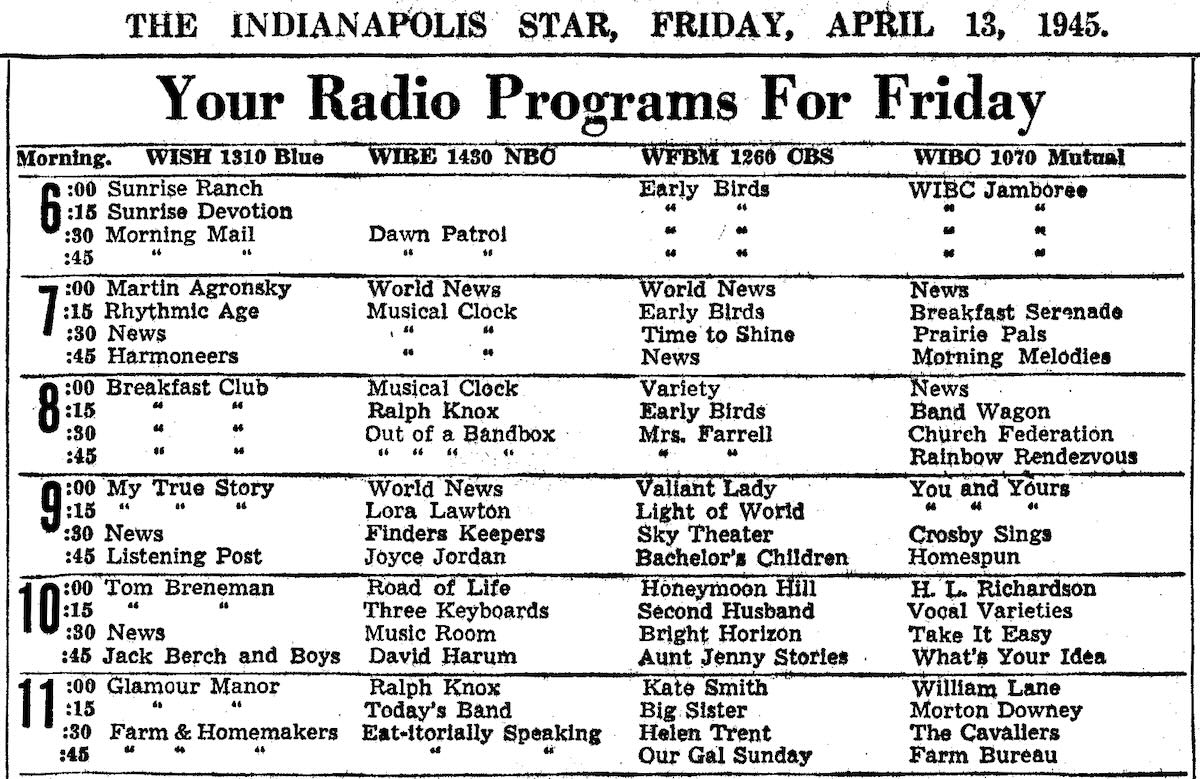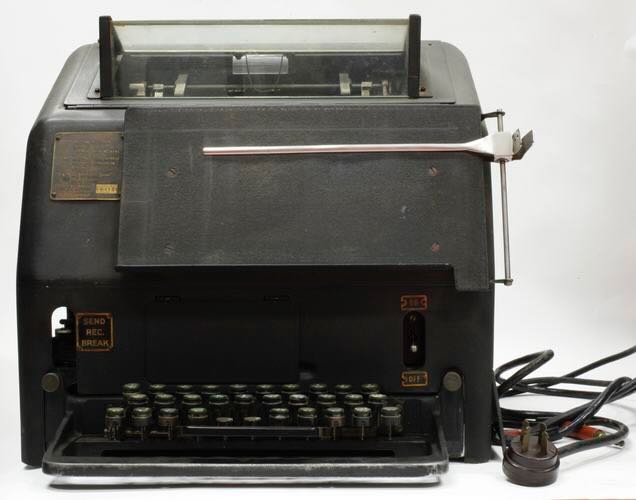Many thanks to SWLing Post contributor, Dan Greenall, who shares the following guest post:
Sources of SWL Information “Pre-Internet”
by Dan Greenall
When I first discovered the world of shortwave listening, many years before the internet, access to hobby related information was mostly available through over-the-air DX programs, monthly DX club bulletins, as well as a number of books and electronics magazines. I joined a few clubs including the Midwest DX Club, SPEEDX, and the Ontario DX Association, and eagerly awaited each issue of Electronics Illustrated and Popular Electronics (early 1970’s) on the news stand. Later, in the 1980’s, Popular Communications and Monitoring Times came along, though these were not always easy to find here in Canada.
Ironically, nearly all issues of these magazines can be read today, over 30, 40 and even 50 years later, thanks to David Gleason’s not-for-profit, free online library
https://www.worldradiohistory.com/index.htm
You can also find the semi-annual (and eventually annual) Communications World (1971-81) which contained the popular White’s Radio Log.
As well, five issues of the Communications Handbook can be found; 1963, 1966, 1967, 1974 and 1977. It only came out once a year but was still a favourite of mine, so much so, that I still have my copies from 1971 and 1972.
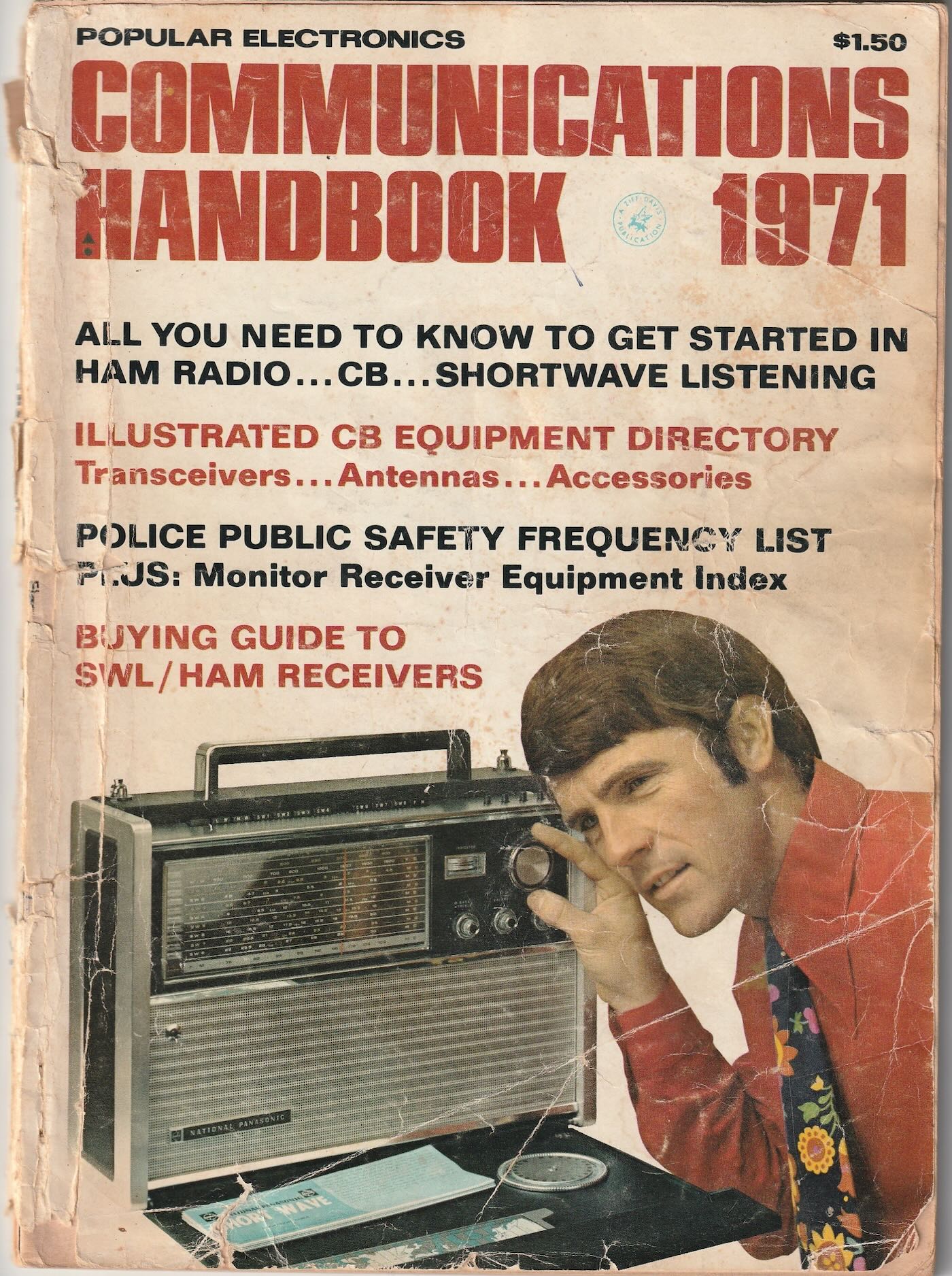 I have scanned parts of these and put them on the Internet Archive. You can find them here:
I have scanned parts of these and put them on the Internet Archive. You can find them here:
Communications Handbook 1971: https://archive.org/details/page-09
Communications Handbook 1972: https://archive.org/details/page-20
Here are links that will lead to some of the other magazines:
- https://www.worldradiohistory.com/Popular_Communications.htm
- https://www.worldradiohistory.com/Monitoring-Times.htm
- https://www.worldradiohistory.com/Electronics%20_Illustrated_Master_Page.htm
- https://www.worldradiohistory.com/Popular-Electronics-Guide.htm
- https://www.worldradiohistory.com/BOOKSHELF-ARH/Technology/Hobbyist-Specials/Communications-Handbook-1974.pdf
- https://www.worldradiohistory.com/BOOKSHELF-ARH/Technology/Hobbyist-Specials/Popular-Electronics-Communications-Handbook-1977.pdf
- https://www.worldradiohistory.com/BOOKSHELF-ARH/Technology/Hobbyist-Specials/Popular-Electronics-Communications-Handbook-1967.pdf
- https://www.worldradiohistory.com/BOOKSHELF-ARH/Technology/Hobbyist-Specials/Communications-Handbook-1966.pdf
- https://www.worldradiohistory.com/Archive-Poptronics/60s/63/Pop-1963-Communications-Handbook.pdf
As a bonus, all of the issues of the monthly SPEEDX bulletin (1971-95) have been made available here
https://www.worldradiohistory.com/Speedx.htm
And finally, a good read is Shortwave Voices of the World by the late Dr. Richard E. Wood written in 1969. I still have my copy of it, but you can find it online here
https://archive.org/details/shortwave-voices-of-the-world-richard-wood-ed-1-pr-1-1969
WDX SWL registration program
My link to the 1971 Communications Handbook contains pages regarding the old WDX SWL registration program. I have found my old certificate from December 1971:
Wonder how many others still have theirs, or even the WPE ones from the 1960’s?

